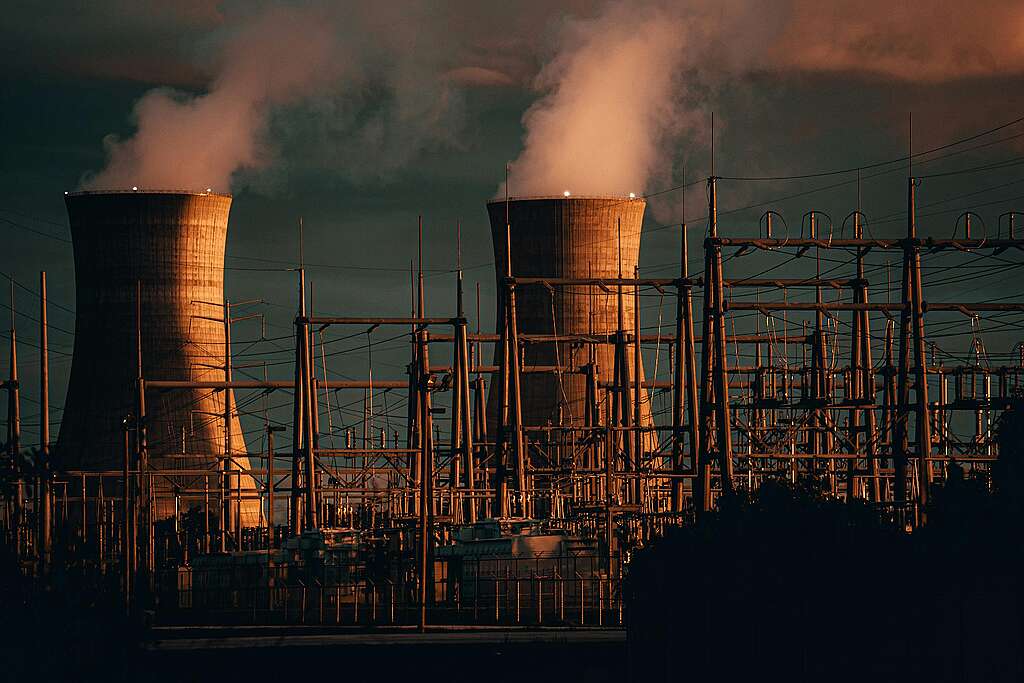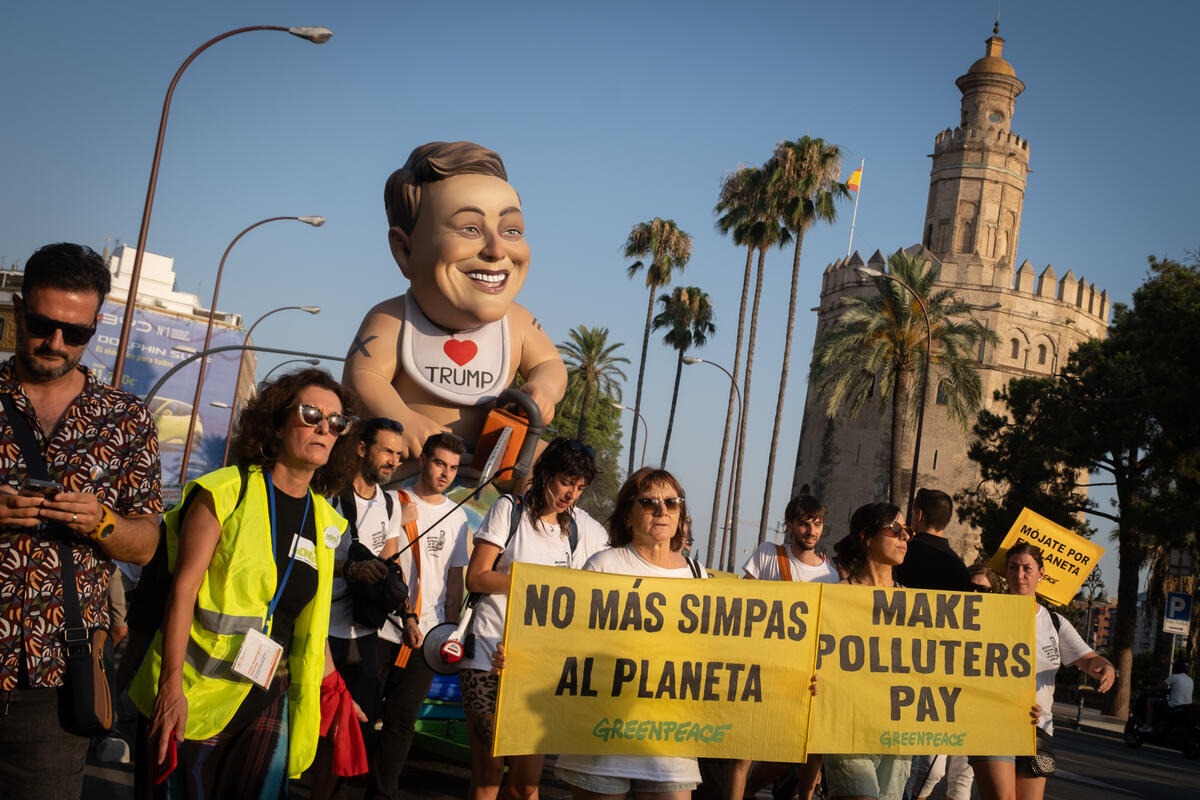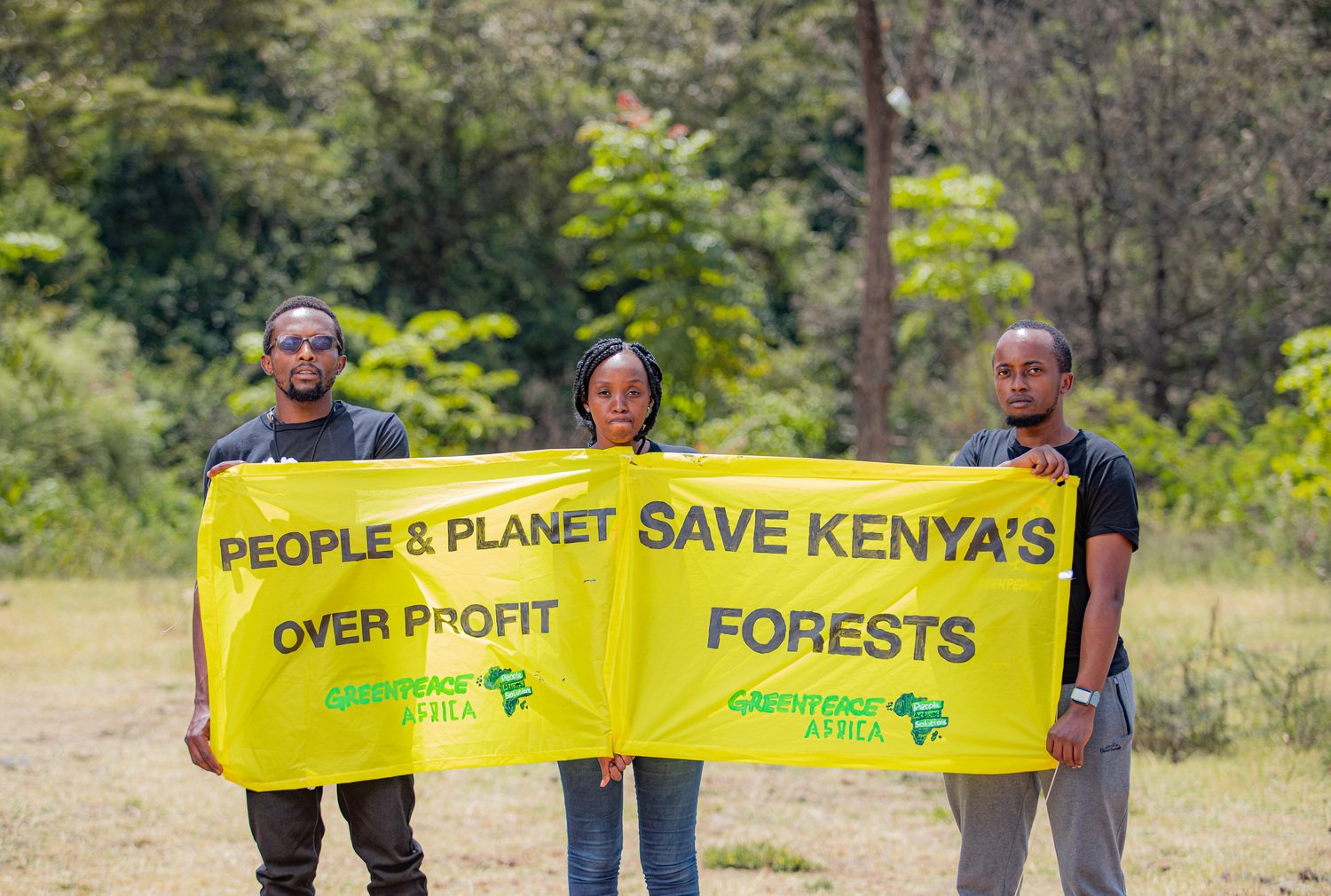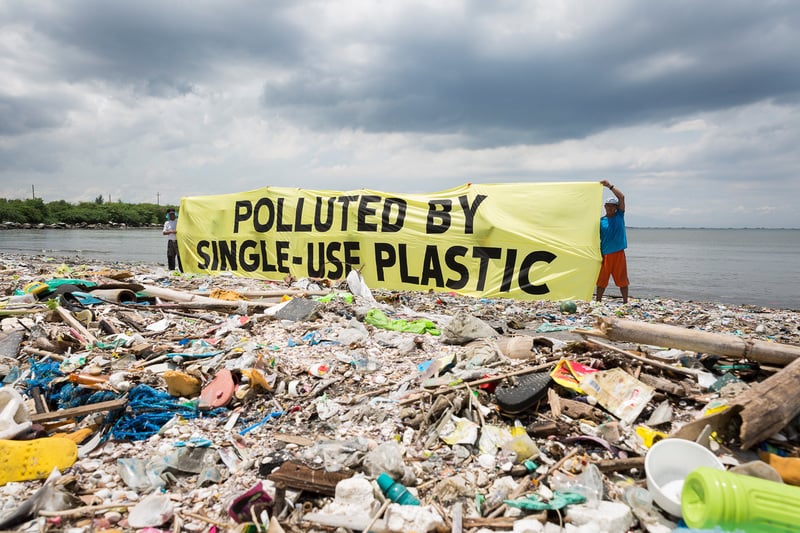
Kenya is sprinting toward a $5 billion nuclear project as if it’s the panacea for its energy needs—ignoring the wealth of sustainable, renewable resources we possess. The Nuclear Power and Energy Agency (NuPEA) is pushing to get environmental approval from the National Environment Management Authority (NEMA), yet crucial details about the project’s significant shortcomings remain shrouded in secrecy. Meanwhile, a team from the Netherlands Commission for Environmental Assessment (NCEA) has been brought in to assess this future-defining project, leaving Kenyans to wonder: why rely on foreign expertise for such a crucial decision?
The plan? A 1,000 MW nuclear plant near Kilifi, ready to break ground by 2027, with promises of operation by 2034—all part of the Kenya National Electrification Strategy aiming for universal power access by 2030. But here’s the kicker: Kenya already sources over 90% of its electricity from renewables. Geothermal steam, hydro dams, wind, and solar energy have powered us sustainably and cleanly, right from our own natural bounty. So, why abandon what works?
Nuclear plants are notoriously costly, with timelines and budgets that often swell well beyond promises. By the time this plant could be operational—if ever—solar and wind technologies will only have become cheaper and more efficient. At this rate, Kenya is spending years and billions on a high-risk solution, despite the fact that we already possess a proven, affordable and more sustainable alternative.
South Africa, with its Koeberg nuclear plant and larger industrial base, recently delayed nuclear procurement to allow for more public input and planning. Shouldn’t Kenya, with its renewable potential, exercise similar caution?
Beyond cost, NuPEA’s nuclear ambitions could harm Kilifi’s thriving coastal environment which is home to rich biodiversity, coral reefs, mangroves, and endangered species. The lack of public engagement has raised concerns among Kilifi residents, who have already flagged it in court. South Africa’s experience shows the value of transparency and planning, yet Kenya’s government seems focused on pushing forward rather than weighing alternatives or consulting the public.
Let’s not ignore the radioactive elephant in the room: nuclear waste. It’s dangerous, it’s persistent, and it’s not going anywhere for thousands of years. NuPEA, however, has no waste management policy or even a hint of a long-term storage plan. The agency’s confidence in its ability to handle nuclear waste is alarming, considering that seasoned nations like the U.S. and Germany continue to grapple with the challenges of safe and secure disposal.
Amos Wemanya, Greenpeace Africa’s Responsive Campaigns Lead, states: “Nuclear power centralizes power production, expertise, and money. It takes power away from communities. Kenya should fully invest in renewables like wind and solar, putting every resource toward these rather than outdated energy sources. The government must marshal resources to build resilience for front-line communities, using decentralized energy systems.”
Despite the red flags, NuPEA is pressing forward. They call it a “robust” strategy, citing the review processes by NEMA and NCEA. Yet Kenya’s own experts, including the Kenya Anti-Nuclear Alliance, remind us of a crucial truth—our achievements with renewable energy sources are not only safer but also cost-effective and sustainable.
Instead of betting on a high-cost, high-risk project, why not invest in the renewables that have already powered us so well? Kenya’s future is bright—driven by resources that don’t endanger our land, coastlines, or communities. For a nation celebrated for its natural beauty, we should tread carefully, keeping nuclear power in the margins—not at the forefront—of our energy plans.



